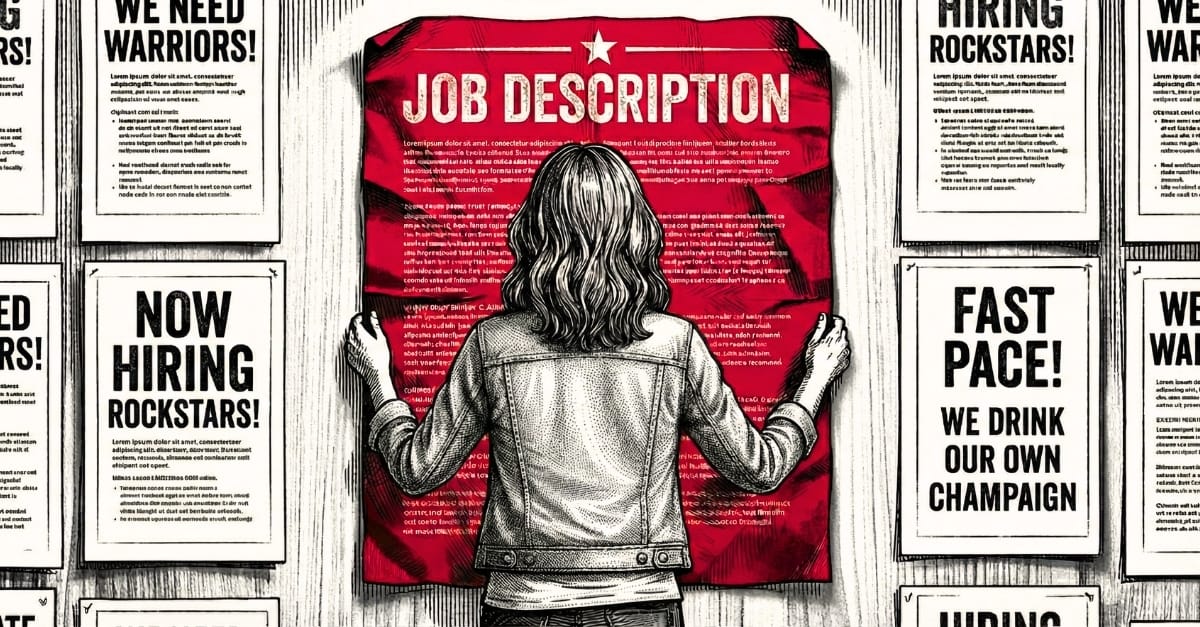By Jillian Phipps
Understanding a person’s backup style in the workplace can help explain sudden changes in their behavior
Have you ever been in a meeting or at a social gathering where a seemingly innocuous conversation unexpectedly goes sideways, causing one person to suddenly clam up or become defensive? These types of encounters can leave you momentarily stunned, unless you can simultaneously understand the root cause of the reaction and how best to respond to what may feel like a blossoming fight-or-flight situation.
When people become uncomfortable or feel that things that are important to them are not being addressed properly, it’s not uncommon to witness them exhibiting specific “backup” behaviors related to their social style:
- Controller: Results-focused and fast-moving, able to make decisions readily while being clear and forthcoming about where they stand.
- Expresser: Conceptual, big-picture thinker who is enthusiastic, passionate, exuberant with lots of ideas and little interest in details.
- Cooperator: Friendly, helpful, steady ally who is easy to work with, conflict-averse and therefore typically seeks consensus.
- Analyzer: Detail- and fact-oriented individual that does not want to make mistakes, assesses situations and thinks before responding in a reserved and risk-averse manner.
Understanding the concept of backup styles can be helpful when trying to explain or understand changes in a person’s behavior that may be difficult to deal with and stand in the way of productive communications and relationships.
 Take the Controller, for example. In situations where they feel uncomfortable or slighted, they may become demanding or authoritarian, asserting their role as the boss, whereas the Expresser might go on the attack and vehemently take on an air of denial. The Cooperator will tend to give in (and, word of caution, may later seek retribution) to avoid the current conflict, while the Analyzer, in fear of making a mistake, will simply avoid the situation altogether, perhaps by not returning calls or emails.
Take the Controller, for example. In situations where they feel uncomfortable or slighted, they may become demanding or authoritarian, asserting their role as the boss, whereas the Expresser might go on the attack and vehemently take on an air of denial. The Cooperator will tend to give in (and, word of caution, may later seek retribution) to avoid the current conflict, while the Analyzer, in fear of making a mistake, will simply avoid the situation altogether, perhaps by not returning calls or emails.
When individuals exhibit their backup style in a business or professional setting – especially during a sales negotiation or planning meeting – that’s your cue to pinpoint what they are uncomfortable about so that you can address the driving issue. Since the backup behavior varies for each social style, your response to each will need to as well. It may help to consider the following approaches:
Controller: Get to the point quickly. Don’t waste their time and don’t try to make any decisions for them, but rather give them options so they can decide while being direct and getting to the bottom line in your conversations as quickly as possible.
Expresser: Present them with the big picture and don’t get bogged down with details unless requested. Pay attention to their ideas and give them references and testimonials.
Cooperator: Be pleasant, friendly, and polite. Take time for conversation, give them guarantees and assurances. And don’t be surprised if they experience buyer’s remorse.
Analyzer: Provide data and detail. Allow them time to think and provide proof for all assertions. Help them save face if there is a problem, and expect analysis paralysis, recognizing that they are risk-averse and won’t want to make any mistakes.
In working and communicating with others, most people tend to have the best natural chemistry with individuals who share the same social style. (One exception to this, perhaps unsurprisingly, is the Controller, who tends to conflict with other Controller.) It’s also not uncommon to experience the controller and the Expresser struggling to work together, or tensions between the Analyzer and the Expresser. One rule of thumb is to first acknowledge what your social style is and how it may be impacting or influencing your interactions. If your natural behavior tends to borrow some characteristics from each social style, for example, chances are you’ll find it easier to adapt your approach in order to accommodate others and keep things positive and productive.
Don’t fret, however, if making style and tactic adjustments feels awkward or unnatural at first. With practice, this approach becomes easier over time, and you’re likely to find yourself becoming quite skilled at navigating even the most challenging interactions with relative ease.
Understanding a person’s workplace style is one thing, but understanding what you need out of them is a whole other ball game. Make the best hire and ensure the person continues to go above and beyond your expectations with our blog post, The importance of knowing what – and who – you really need.








